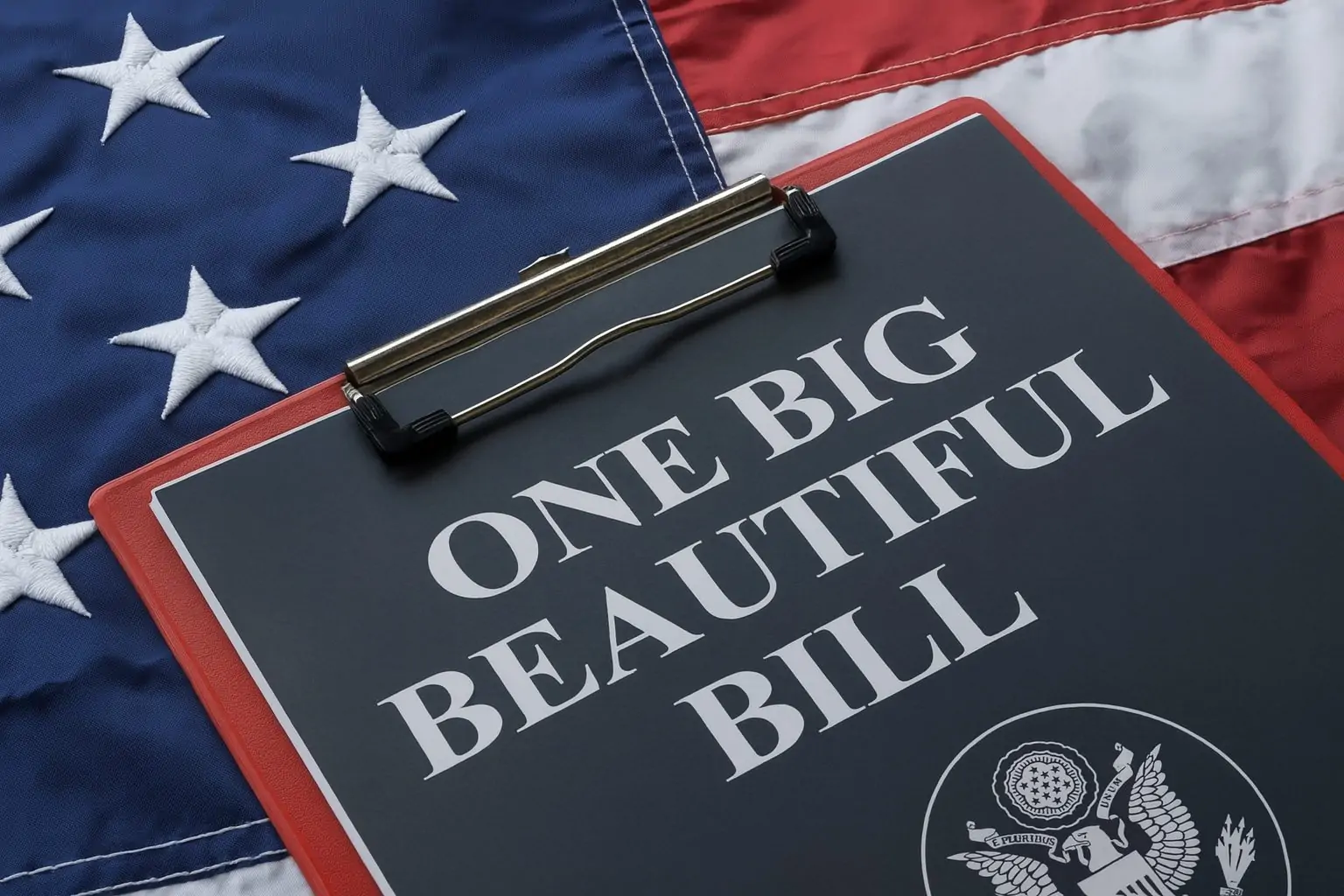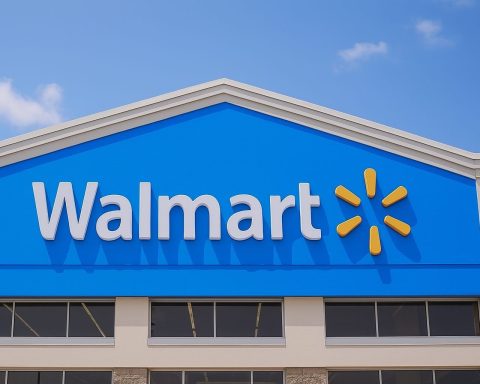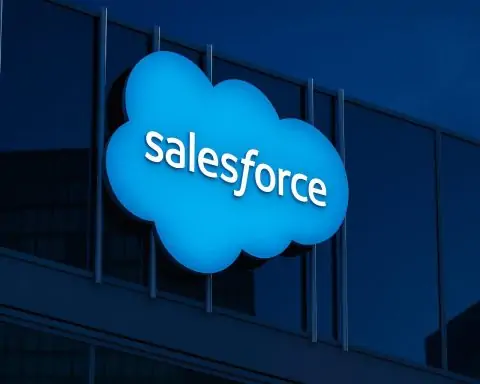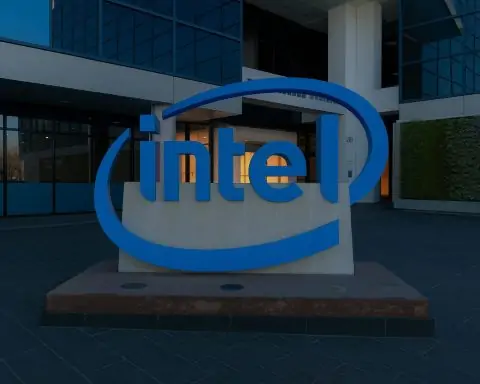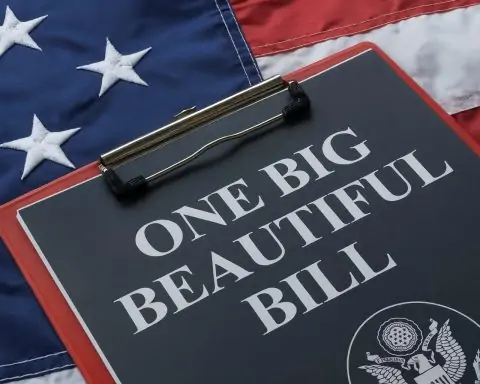November 27, 2025
Student loan forgiveness, once again, is actually happening — and this time it’s colliding with the biggest overhaul of federal repayment plans in more than a decade.
As of November 27, 2025, the U.S. Department of Education has resumed processing long-delayed income‑driven repayment (IDR) discharges after a shutdown‑related pause, sending out new waves of so‑called “golden letters” to borrowers whose debts are being wiped away. [1]
At the same time, President Donald Trump’s “One Big Beautiful Bill Act” (OBBBA) is set to expand access to Income‑Based Repayment (IBR) as early as December by scrapping the long‑standing “partial financial hardship” test — a change that could open the door to lower payments and eventual forgiveness for millions more borrowers. [2]
Here’s what’s changing now, what’s coming in 2026, and the key deadlines borrowers can’t afford to miss.
IDR Student Loan Forgiveness Has Resumed After New Disruption
A fresh restart after shutdown and years of stops and starts
After months of turmoil, the Education Department has resumed processing forgiveness for borrowers on income‑driven repayment plans who have already hit the 20‑ or 25‑year mark. [3]
Recent reporting shows:
- IDR discharges restarted after a pause tied to the latest federal government shutdown, which had temporarily halted forgiveness processing despite a court‑approved agreement requiring the department to continue cancelling eligible debts. [4]
- Borrowers are again receiving approval notices — the “golden letters” or “golden emails” — confirming that they’ve reached the required number of qualifying payments and that their remaining balances are being discharged. [5]
- These discharges apply primarily to borrowers on the IBR plan, which is currently the only IDR program with active forgiveness, while other plans remain restricted by litigation. [6]
Under IDR rules, borrowers can see their remaining federal balance forgiven after 240 or 300 qualifying payments (20 or 25 years), depending on the plan. [7]
SAVE, PAYE and ICR forgiveness are still largely stuck
The restart is far from universal:
- Forgiveness under Pay As You Earn (PAYE) and Income‑Contingent Repayment (ICR) remains mostly in limbo due to ongoing legal battles.
- The Saving on a Valuable Education (SAVE) plan — which had been positioned as the most generous IDR option — is still partially blocked by a federal appeals court injunction that froze key features, including its forgiveness provisions. [8]
Advocates, including the American Federation of Teachers (AFT), have challenged the department’s earlier decision to freeze IBR‑related forgiveness and to treat lawsuits over SAVE as a reason to slow‑walk relief in other IDR programs. [9]
Why the timing matters: the 2026 “tax bomb”
Most federal student loan forgiveness is tax‑free at the federal level only through December 31, 2025, thanks to temporary relief put in place earlier this decade. [10]
Unless Congress acts, cancelled balances after that date could again count as taxable income — the so‑called “IDR tax bomb.” Lawmakers like Senator Elizabeth Warren have warned that delays in processing IDR discharges could push borrowers into that tax cliff. [11]
For borrowers whose balances are being cleared now, the renewed wave of golden letters in late 2025 may arrive just in time to avoid a potentially hefty federal tax bill.
Trump’s “Big Beautiful Bill” Is About to Make IBR Easier to Get Into
While forgiveness is restarting for long‑term IDR borrowers, another major change is just weeks away: expanded access to IBR.
The end of the “partial financial hardship” barrier
Under the old rules, to enroll in IBR borrowers generally had to show “partial financial hardship” — meaning their income‑based payment had to be less than what they’d pay on a standard 10‑year plan. This requirement blocked many borrowers with higher incomes or larger balances from accessing IBR, even if their payments still felt unmanageable. [12]
Trump’s OBBBA — sometimes dubbed the “One Big, Beautiful Bill” — changes that:
- The law eliminates the partial‑hardship requirement for IBR. Borrowers will be able to qualify regardless of whether their income‑based payment is lower than the standard plan. [13]
- The Education Department has confirmed that it expects to finish the necessary system changes in December 2025. In the meantime, servicers have been told to hold IBR applications that would otherwise be denied due to income, and process them once the update is live. [14]
For many borrowers, that means applications rejected earlier this year because they didn’t meet the hardship test may soon be reconsidered.
Higher earners and parent borrowers could newly qualify
Axios and Business Insider report that the expanded IBR rules will reach borrowers who were previously shut out, including: [15]
- Borrowers with higher earnings whose payments under IBR would still be substantial but who want access to 20‑ or 25‑year forgiveness.
- Certain Parent PLUS borrowers who consolidate into Direct loans, enroll first in Income‑Contingent Repayment, and then move into IBR — a path OBBBA explicitly preserves for a limited period. [16]
IBR payments will continue to be based on 10–15% of discretionary income, with remaining balances forgiven after 20 or 25 years, depending on when the borrower first took out loans. [17]
Fast‑Track IDR Relief: New Reviews and Account Adjustments
Alongside the restart of IBR discharges, the department is quietly moving ahead with a broader IDR account review that could fast‑track cancellation for some long‑time borrowers.
Recent coverage in outlets such as International Business Times describes how the department is reassessing years of miscounted or mishandled IDR histories, especially for borrowers whose balances ballooned due to interest. [18]
Key points:
- The accelerated review focuses on IBR, ICR and PAYE accounts with long repayment histories.
- Borrowers who have already made the required 20–25 years of payments — including those whose loans negatively amortized — may see both principal and decades of accrued interest cancelled. [19]
- Many borrowers are being encouraged to log into StudentAid.gov to verify their payment counts and to watch for emails from the department or servicers confirming forgiveness eligibility. [20]
This “clean‑up” effort is intended to correct long‑standing servicing errors and bring borrowers’ official payment counts in line with what they were promised.
The Bigger Shake‑Up: New Repayment Assistance Plan and 2026 Overhaul
The changes arriving in December are only one piece of OBBBA. The law is also reshaping the entire repayment landscape over the next few years.
From many IDR plans to just two options
Negotiations over Trump’s repayment overhaul wrapped up earlier this month, clearing the way for final regulations. [21]
According to Inside Higher Ed and Business Insider:
- Existing income‑driven plans will be phased out for future borrowers, replaced with:
- A standard 10‑ to 25‑year repayment plan, tied directly to the amount borrowed.
- A new Repayment Assistance Plan (RAP), an income‑based option where borrowers pay at least $10 per month or a small percentage of income for up to 30 years (360 payments) before any remaining balance is forgiven. [22]
- The new rules are scheduled to take effect in July 2026, after the department drafts the regulation text and goes through public comment. [23]
New borrowing caps and the end of Grad PLUS
For graduate and professional students, OBBBA is a seismic shift:
- The law eliminates the Grad PLUS program, which currently allows borrowing up to the full cost of attendance.
- It imposes new annual and lifetime caps, such as $20,500 per year (and $100,000 total) for most graduate students and $50,000 per year ($200,000 total) for certain professional programs. [24]
Supporters say those caps will push institutions to control tuition and keep borrowing in check. Critics, including medical and health‑professional associations, warn that restricting access to higher loan limits could tighten pipelines into fields like health care. [25]
Transitional rules for existing borrowers
Current borrowers are not being dropped into the new system overnight:
- Those who took out loans before July 1, 2026 are expected to keep access to IBR and other legacy plans, even as new borrowers are directed into RAP and the revised standard plan. [26]
- Parent PLUS borrowers will have a time‑limited window to consolidate, move through ICR, and then opt into IBR to preserve income‑based options, but only if they meet a series of deadlines (more on those below). [27]
In short, the system is splintering into two eras: one set of rules for borrowers with existing debt, and a stricter framework for those who will borrow in the future.
Key Deadlines Borrowers Should Circle Now
Here are the dates that matter most based on the latest guidance and reporting:
Before the end of 2025
- December 2025 – IBR eligibility expansion
The Education Department expects to complete system changes that remove the partial financial hardship test for IBR. Applications that were previously denied on that basis should be held and then processed once the update is live. Borrowers who were rejected earlier are being urged to reapply. [28] - December 31, 2025 – end of federal tax‑free treatment (under current law)
Unless Congress extends relief, most forgiven federal student loan balances will again be taxable at the federal level for cancellations taking place on or after January 1, 2026. [29]
2026 and beyond
- July 1, 2026 – new repayment system kicks in
OBBBA’s new framework — including RAP and borrowing caps — is slated to begin for new borrowers. [30] - July 1, 2026 – Parent PLUS consolidation deadline (grandfathering path)
Parent PLUS borrowers seeking to preserve access to IDR must consolidate by this date, then move through ICR and into IBR under complex transitional rules. [31] - July 1, 2028 – last chance for some Parent PLUS borrowers
Parents who don’t complete the full consolidation‑ICR‑IBR sequence by this date could lose access to IDR entirely and be pushed into a standard plan with significantly higher payments. [32]
These deadlines are especially risky given that Education Department staffing has been reduced and the recent shutdown likely created a backlog of consolidation and IDR applications. [33]
Who Stands to Benefit — and Who Could Be Worse Off
Likely winners
Based on the changes in motion, several groups may see major relief:
- Long‑term IBR borrowers
Those who have already made 20–25 years of payments are now seeing balances erased after a nearly year‑long freeze, often including large amounts of accrued interest. Some report six‑figure debts vanishing after decades of repayment. [34] - Borrowers denied IBR under the old hardship rules
Higher‑income borrowers who previously failed the partial financial hardship test may soon qualify for IBR’s lower payments and eventual forgiveness once system changes are in place. [35] - Borrowers harmed by servicing errors
Those whose payment counts were mishandled or whose balances exploded due to interest may benefit from the IDR account adjustment and fast‑track reviews, which aim to correct historical mismanagement. [36]
Potential losers and risks
Other groups could face new challenges:
- Future graduate and professional students
New borrowing caps and the end of Grad PLUS may limit access to expensive graduate programs or push students toward private loans, which don’t qualify for federal forgiveness or IDR. [37] - Parent PLUS borrowers who miss transitional deadlines
Families who don’t consolidate and navigate the complex ICR‑to‑IBR path by 2028 may be locked into standard repayment with much higher monthly bills and greater default risk. [38] - Borrowers in SAVE, PAYE and ICR
Until courts or regulators resolve ongoing legal challenges, many of these borrowers are stuck waiting, with limited clarity on when — or if — their own forgiveness pathways will fully restart. [39]
Advocates warn that the combination of legal uncertainty, administrative backlogs and multiple overlapping rule changes could make the next few years particularly confusing — and financially dangerous — for borrowers who aren’t closely tracking their options. [40]
7 Steps Borrowers Should Take Now
If you hold federal student loans, here are practical moves to consider right now:
- Log in to StudentAid.gov and check your status
Confirm your loan types, repayment plan, and IDR or PSLF payment counts. Make sure your contact information is current so you don’t miss any golden letters or crucial emails. [41] - Look for forgiveness notices if you’re a long‑term IDR borrower
If you’ve been in repayment for around 20–25 years, search your inbox (and spam folder) for messages from the Education Department or your servicer about IDR forgiveness or account adjustments. - Reapply for IBR if you were denied for lack of “partial financial hardship”
With that requirement being removed, borrowers who were recently turned away may have their applications approved once system updates finish in December. Keep records of your earlier denial in case you need to challenge an error. [42] - If you’re a Parent PLUS borrower, map out the consolidation timeline
Talk to your servicer or a trusted adviser about whether you should consolidate and move into ICR and then IBR to preserve IDR access, and how the 2026 and 2028 deadlines apply to you. [43] - Review your tax exposure before forgiveness hits
Because most federal forgiveness is tax‑free only through the end of 2025 under current law, borrowers expecting cancellation may want to speak with a tax professional — especially in states that still treat forgiven debt as taxable income. [44] - Document everything
Save copies of servicer communications, screenshots of payment counts, and any forgiveness notices. These records can be crucial if you need to correct an error or challenge a misapplied rule. - Stay on top of future announcements
The final regulations for RAP and other OBBBA changes will be released in 2026. Watching for updates from the Education Department and reputable news outlets will help you avoid last‑minute surprises.
The Bottom Line
Student loan policy is moving on two tracks at once: long‑promised forgiveness is finally flowing again to some long‑time IDR borrowers, even as Trump’s “Big Beautiful Bill” rewires the repayment system for the next generation.
For borrowers, the message is simple but urgent: don’t assume the system will get it right for you. With forgiveness processing resuming, IBR eligibility about to widen, and new rules looming in 2026, this is the moment to check your status, understand your options, and make sure you don’t miss a narrow window for relief.
References
1. news.ssbcrack.com, 2. www.axios.com, 3. news.ssbcrack.com, 4. news.ssbcrack.com, 5. news.ssbcrack.com, 6. thecollegeinvestor.com, 7. studentaid.gov, 8. thecollegeinvestor.com, 9. thecollegeinvestor.com, 10. www.edvisors.com, 11. www.warren.senate.gov, 12. nelnet.studentaid.gov, 13. www.axios.com, 14. www.axios.com, 15. www.axios.com, 16. www.insidehighered.com, 17. www.axios.com, 18. www.inkl.com, 19. www.inkl.com, 20. www.inkl.com, 21. www.businessinsider.com, 22. www.insidehighered.com, 23. www.businessinsider.com, 24. www.businessinsider.com, 25. www.businessinsider.com, 26. www.businessinsider.com, 27. www.insidehighered.com, 28. www.businessinsider.com, 29. www.edvisors.com, 30. www.businessinsider.com, 31. www.insidehighered.com, 32. www.insidehighered.com, 33. www.insidehighered.com, 34. thecollegeinvestor.com, 35. www.axios.com, 36. www.inkl.com, 37. www.businessinsider.com, 38. www.insidehighered.com, 39. thecollegeinvestor.com, 40. www.insidehighered.com, 41. www.inkl.com, 42. www.businessinsider.com, 43. www.insidehighered.com, 44. www.edvisors.com
